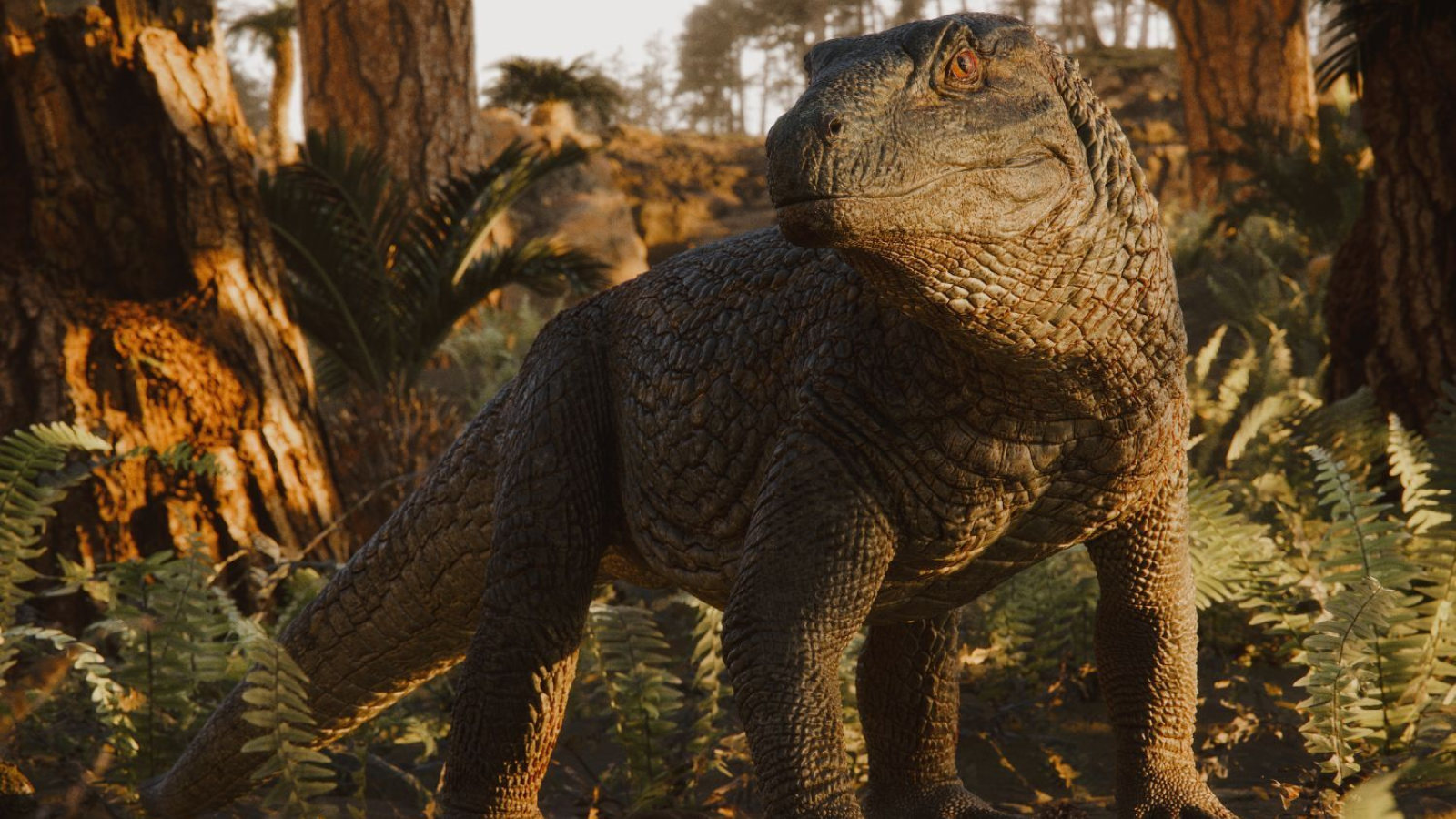How Real-Life AI Rivals 'Ultron': Computers Learn to Learn

Artificial Intelligence will rule Hollywood (intelligently) in 2015, with a slew of both iconic and new robots hitting the screen. From the Turing-bashing "Ex Machina" to old friends R2-D2 and C-3PO, and new enemies like the Avengers' Ultron, sentient robots will demonstrate a number of human and superhuman traits on-screen. But real-life robots may be just as thrilling. In this five-part series Live Science looks at these made-for-the-movies advances in machine intelligence.
When Iron Man and friends regroup in May to battle the titular robot in "Avengers: Age of Ultron," they won't square off against the same old Hollywood droid. Ultron will be a different sort of mechanical man, director Joss Whedon told Yahoo! Movies— because this robot is "bonkers." That craziness, in part, results from learning capacity, a rapidly advancing component of real-life AI.
Blessed and burdened with a tremendous learning capacity, Ultron masters 3,000 years of human history in a flash — without the maturity to handle that knowledge. And so he goes a bit crazy. By turning studiousness into one of his robot's defining features, Whedon mirrors a major ambition of current AI: Engineers want their robots to learn — hopefully as well as, if not better than, humans.
So-called "deep learning" AI systems have taken off, with the number of labs working on the tech multiplying, Patrick Ehlen, head of deep learning at Loop AI Labs, told the Observer. Google last year acquired London's DeepMind Technologies, whose secretive Neural Turing Machine project aims to construct a computer that can learn like a person. [Super-Intelligent Machines: 7 Robotic Futures]
Though details on the project are thin, the tech essentially models a self-learning AI mind on the structures of the mammalian brain, Chris Eliasmith, a computational neuroscience researcher at the University of Waterloo in Canada, told Live Science.
"In biology, there's a loop from the basal ganglia to the cortex and back" — the basal ganglia acting as a controller, the cortex as memory, Eliasmith said. "In a Neural Turing Machine, you have the same system of memory and a controller."
Those structures permit "reinforcement learning," Eliasmith said, in which individuals learn new behavior based on the rewards they get for taking different actions. The brain, or neural network, mediates this learning, with the controller assigning weights to various actions based on their rewards, and the memory storing that data.
Get the world’s most fascinating discoveries delivered straight to your inbox.
The core idea is not necessarily new — neuroscientists have been studying this kind of learning since Pavlov first tricked his dogs to associate a ringing bell with feeding time, Eliasmith said. But the attempt to model it in an artificial computer is a new engineering tactic, he said. Today's more powerful processors have made such neuronal modeling more feasible.
Check out the rest of this series: How Real-Life AI Rivals 'Chappie': Robots Get Emotional, How Real-Life AI Rivals 'Ex Machina': Passing Turing, How Real-Life AI Rival 'Terminator': Robots Take the Shot, and How Real-Life AI Rivals 'Star Wars': A Universal Translator?
Follow Michael Dhar @michaeldhar. Follow us @livescience, Facebook& Google+. Original article on Live Science.

Michael Dhar is a science editor and writer based in Chicago. He has an MS in bioinformatics from NYU Tandon School of Engineering, an MA in English literature from Columbia University and a BA in English from the University of Iowa. He has written about health and science for Live Science, Scientific American, Space.com, The Fix, Earth.com and others and has edited for the American Medical Association and other organizations.
